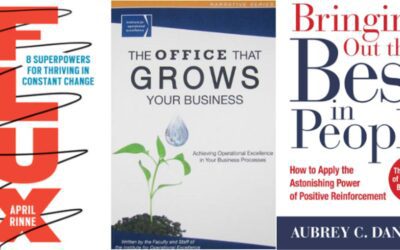Earthquake in Taiwan impacts United States Manufacturers
On February 6th, southern Taiwan experienced a magnitude 6.4 earthquake, killing 117 people, almost all in the collapsed 17-storey Weiguan Jinlong building. Fortunately, damage to factories, homes and infrastructure was minor, with limited or no disruption to utilities, seaports or transportation, and only minimal impact to two electronics industrial parks 60 miles from the epicenter. At face value, beyond the tragic loss of life, it would be easy to conclude that the impact to U.S. manufacturers was negligible, but consider the following:
- Two Taiwanese companies account for 64% of global integrated circuit wafer production
- Wafer processing is a complex process of many interdependent stages that require a continuous supply of water and power – disruption of either can interrupt the production process and cause the scrapping of all work in process material
- Kaohsiung’s seaport, located near the epicenter, is the world’s 12th busiest container port and one of 20 in southern Taiwan, a nation that relies heavily on seaports
- Major earthquakes are common in Taiwan – there was a quake in 1999 that claimed over 2000 lives – and southern Taiwan is more prone than the north
- Thousands of companies purchase Taiwan-produced ICs and electronic components, competing with large preferred customers like Apple and Qualcomm for capacity
Supply Chain Lessons from the Earthquake
Every manufacturer should take the opportunity to take a few lessons from this earthquake: It’s critical to understand where your products come from beyond company and country…knowing the exact location may be critical to managing your risk and reacting quickly to events
- You must think beyond the actual facilities where your materials are produced…the building and equipment may be untouched, but disruption to transportation, utilities, export and the workforce can have longer lasting impacts
- You need to know where you stand as a priority customer – even short production disruptions can rob small companies of supply for weeks or months when a supplier’s large customers claim (and may pay for) priority
- You need to consider who the sub-tiers are in your supply chain and what components and materials they use – disruptions to ICs and electronic components may keep you from receiving critical items such as motors, controllers, displays, etc.
- It’s important to have qualified, or at least to have identified, alternative suppliers for your products’ raw materials so you can switch rapidly in emergencies. And you should require the critical suppliers in your supply chain to do the same.
- You should have a documented strategy for how your organization will react immediately upon learning of any event potentially disrupting your supply chain, whether accidental, man-made or natural. Companies with processes to rapidly assess impacts and take mitigating actions will always secure supplies and implement contingency plans more successfully than companies that “wait and see”, or worse, fail to recognize their exposure until it is too late.
It is impossible to predict when, where and how severe supply chain disruptions will be, but they are common, frequent and inevitable. As this relatively-minor earthquake in Taiwan demonstrates, knowledge of your supply chain risk exposure and preparation for disruptions can make the difference between survival and suffering a serious setback to revenues.
Improve the Odds for your Manufacturing Company
To help understand where you currently stand in your supply chain readiness in the face of a disruption, ask yourself the following questions:
How well do you understand where your (and your suppliers’) critical products come from?
Have you assessed the political, environmental, geological, social, and infrastructure risks for your critical materials?
Do you have contingency plans you can rapidly implement at any time?
If you cannot answer ‘yes’ to all three questions above, you will likely experience supply disruptions that will adversely affect your business sometime in the future. Now is the time to take stock of your unique exposure and begin taking steps to building a more resilient supply chain and to address your supply risks.



